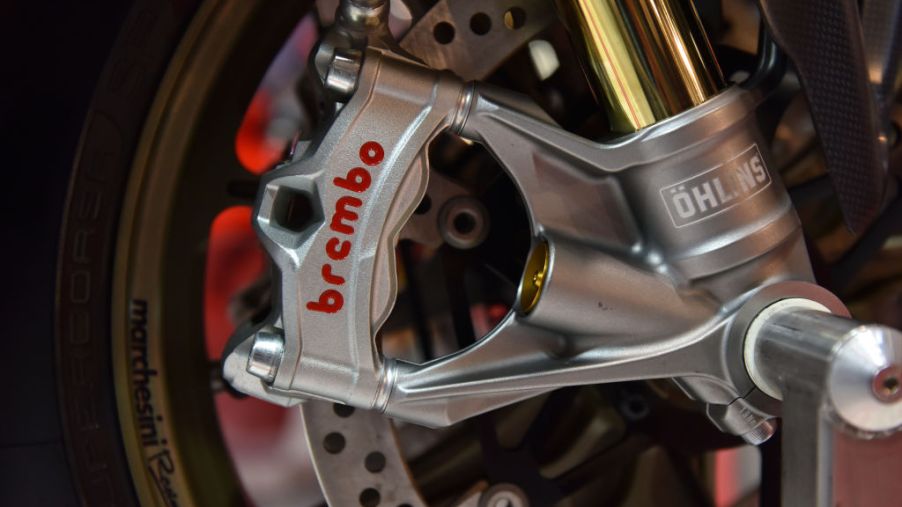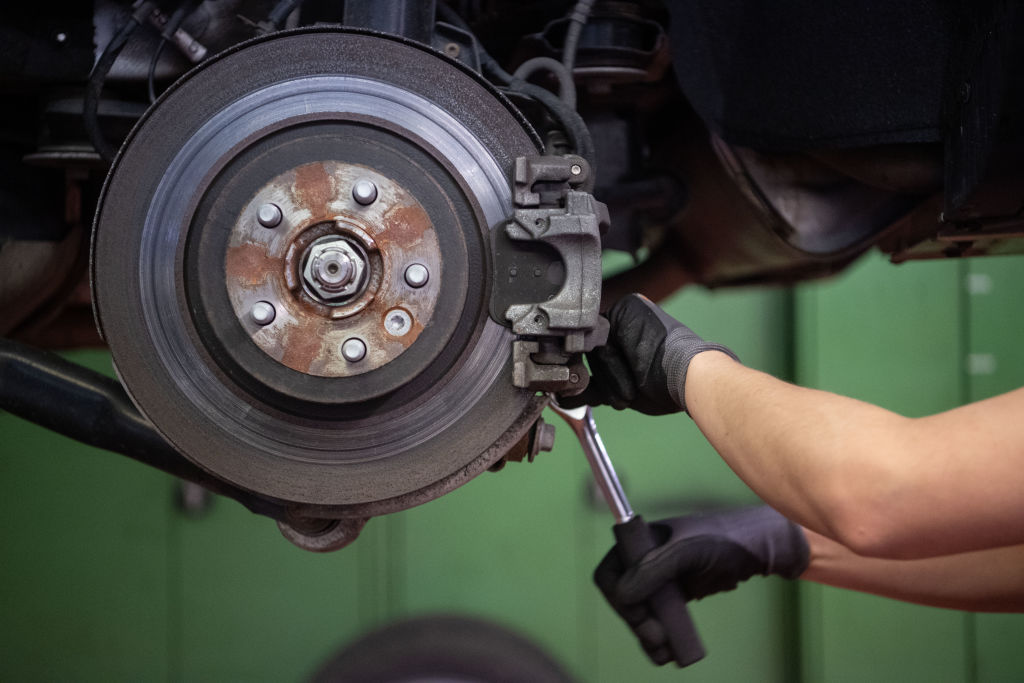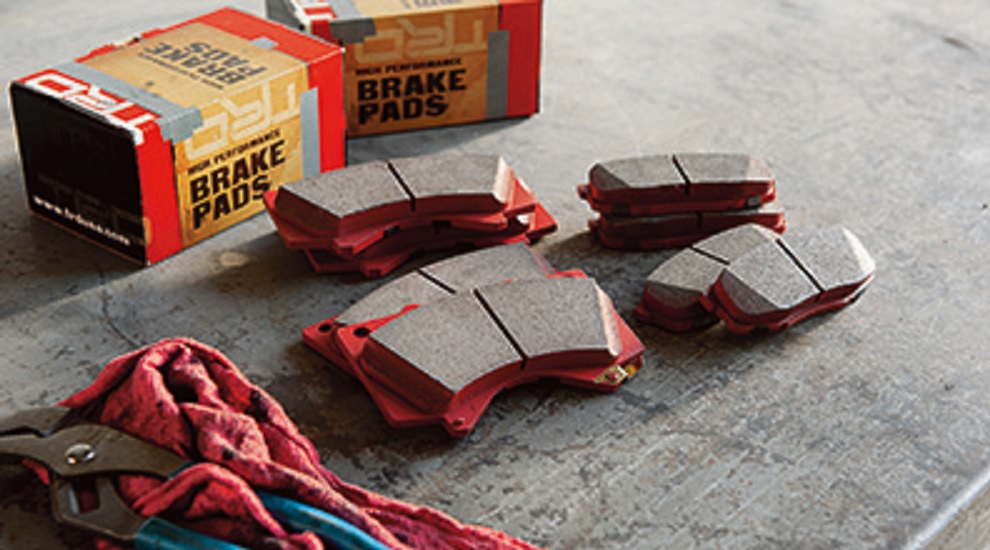
What Is Brake Stiction And How Do You Avoid It Post-Quarantine?
The recent quarantine has caused many people to lose their jobs or begin working from home. For whatever reason, fewer people are driving their cars than they normally are, and while that’s decreased traffic by a lot. While that may seem ideal for many people, this can also cause some minor problems with your vehicle because it is sitting unused, or significantly less used. One of these potential problems is called brake stiction, and it’s less talked about the danger of leaving your car sitting, but it can cause some problems.
Whether your car has been sitting from lack of use or because of the COVID-19 outbreak, checking the brakes on your car is also part of general safety and maintenance.
What is brake stiction and what causes it?
Brake stiction is usually a problem in more humid climates or when the car is being parked outside in the elements, regardless of having a fabric car cover. As the brake component sit unused, they can start to develop corrosion, and this corrosion is where the problem starts.
Surface-layer corrosion is not unusual on brakes, even if the car has only been sitting for a few days. The problem occurs when a car has been sitting for a long enough period of time, like a few weeks, and the area of the corrosion has increased. The stiction itself occurs when this corrosion causes the components of the brake system to quite literally stick together, which can be problematic for several reasons.

Stiction can decrease the car’s ability to slow down by compromising the brake system. This can be dangerous if you’re unable to stop in time to prevent a collision.
How to prevent, or get rid, of brake stiction
The brake stiction that is created by a few days of corrosion can usually be resolved by driving the car moderately and gently applying the brakes.
In more serious cases, it is safer and easier to completely replace your major mechanical parts of your brakes, like the rotors and brake pads. This isn’t always the most cost-effective option, however, so if you can prevent brake stiction all together you will likely be saving an expensive trip to your local mechanic.

If you don’t find yourself in need of traveling every day, it’s a good idea, to start your car up and move it around a little bit. Going for a drive during the quarantine can be a nice way to get out of the house, even if you just go around the block.
Alternatively, you can move the car slowly in drive and reverse within a few yards of where it is already parked, and apply the brakes several times. This isn’t just good for preventing or reducing brake stiction but also keeping crucial fluids moving inside of the mechanical components of your car.
Brake stiction can drastically affect your car’s ability to stop quickly and safely, and it’s easy enough to avoid that you should consider taking the necessary precautions. If you are in a position where you are unable to drive your car every few days, like say you left it at an airport for a week or two, then it is important to drive carefully and allow extra space and time for braking until any corrosion has worn itself off of the brake pads.
If you continue to hear squealing from your brakes after a few miles or experience shaking while applying the brakes, consult your local mechanic to ensure your brakes are salvageable, as brake failure can be potentially dangerous.


